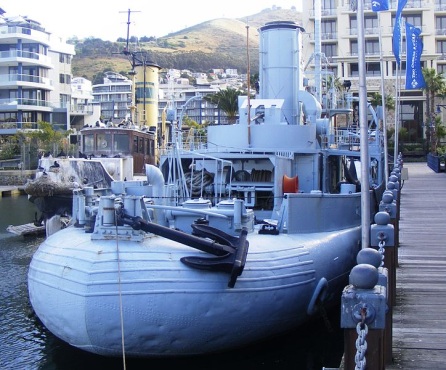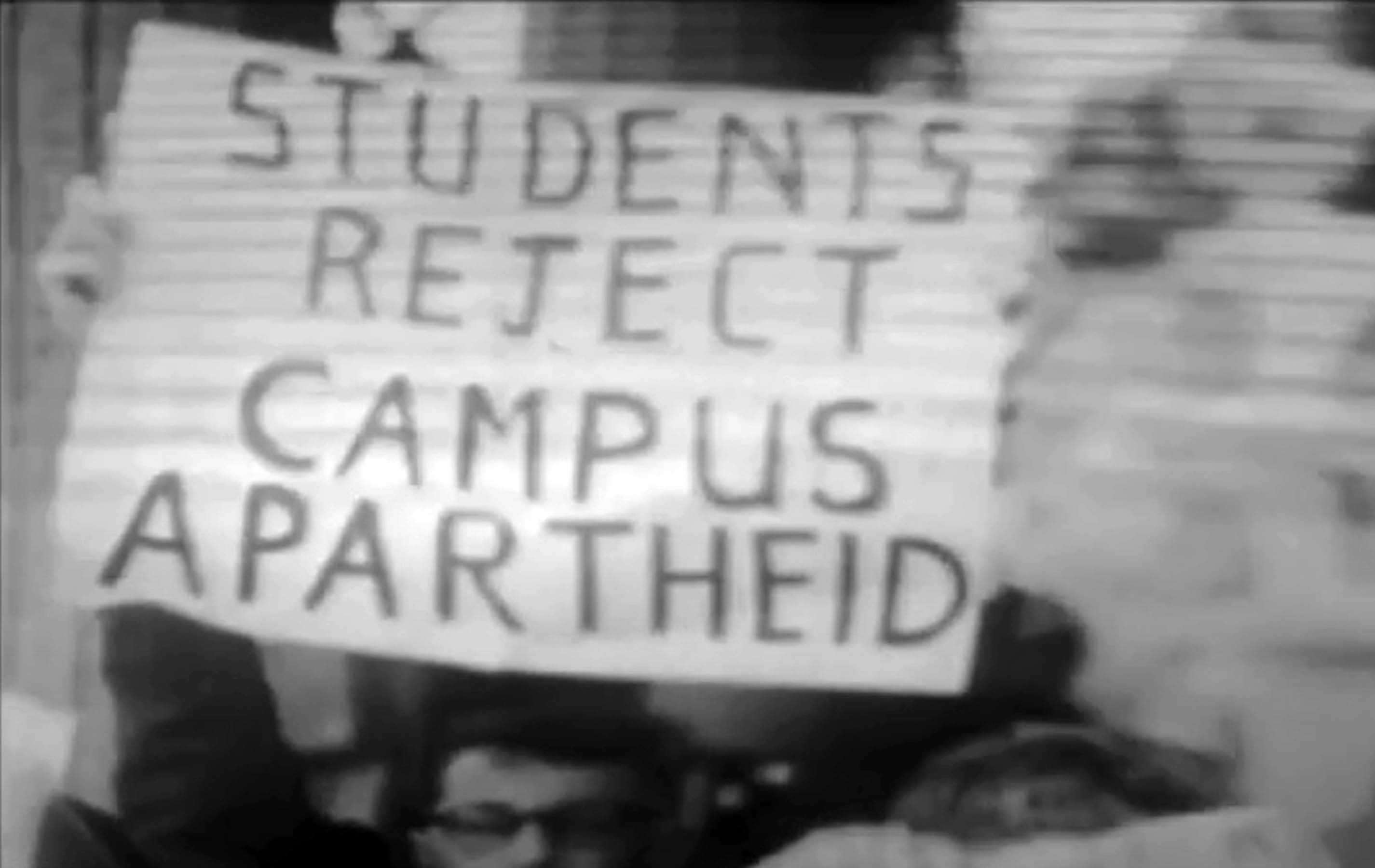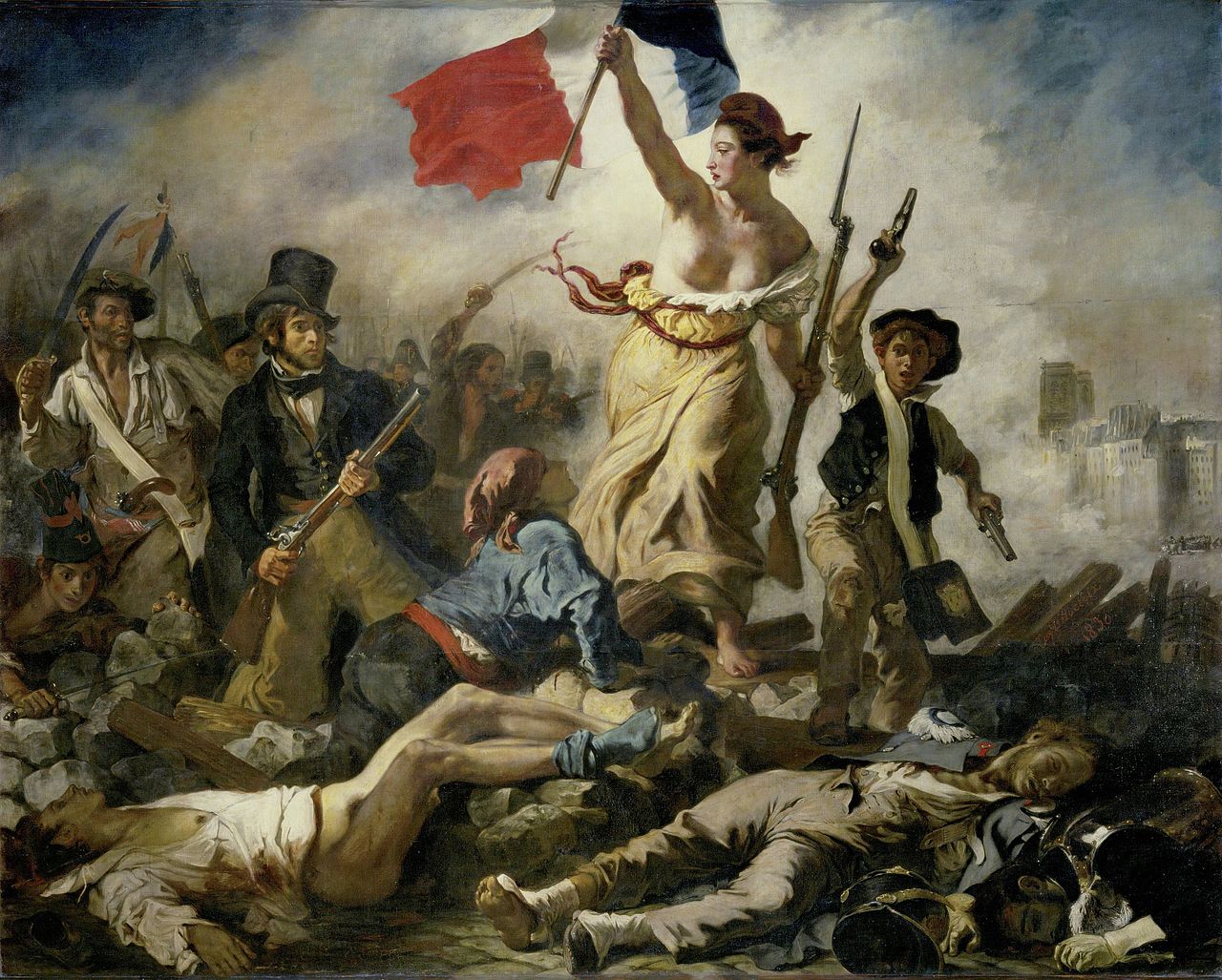The Missing Persons Task Team (MPTT) to Investigate Apartheid Missing Persons Cases
The Missing Persons Task’s Team (MPTT) emerged as a recommendation after the conclusion of the Truth and Reconciliation Commission (TRC) in 1996 in its Final Report. The TRC was committed to correcting the injustices of apartheid, one way was through locating the graves of those who went missing between March 1, 1960 and May 10, 1994. Due to the large amount of people who were still missing (estimated around 477), at the end of the TRC, the MPTT was entrusted with this task. As part of the National Prosecuting Authority (NPA), the MPTT was established in 2005, and was responsible for locating the graves of the deceased under apartheid, exhuming their remains, and identifying the remains for reburial to take place. They have uncovered the remains of 138 missing persons as of 20 April 2018, but this number increases every month.
The task team worked alongside the Equipo Argentino de Anthropologia Forense (EAAF) better known as the Argentine Forensic Anthropology Team which was established in 1984 and who examined 9000 cases of disappeared persons in Argentina. The MPTT modelled itself after the EAAF who focuses on working alongside families or loved ones of victims. The MPTT is headed by Madeleine Fullard and the organization has employed one of the EAAF forensic anthropologists, Claudio Bisso, on a permanent basis to assist with investigating and exhuming the apartheid dead in South Africa. The MPTT have exhumed more than 145 missing persons with the number increasing every month.





